Account-Based Marketing (ABM) is a time-tested strategy chosen by B2B marketers to win target accounts. One of the biggest wins while adopting an ABM strategy is sales and marketing alignment. Aligned teams help in better functioning of ABM strategy. Another benefit of adopting an ABM strategy is the development of a strong relationship with target accounts.
84% of B2B marketers believe ABM provides significant benefits for retaining and expanding current relationships. – Sirius Decisions
An Inevitable pressing concern for every marketer is to get the most out of their ABM campaign. The long sales cycle and the increasing number of decision-makers within one target account in itself is a challenge. So, what measures have to be taken or how can one identify the best-fit target account?
One of the sure-shot path is to try F.I.R.E methodology: Fit, Intent, Recency, and Engagement. FIRE is designed to help team prioritize best leads, shorten sales cycles, and improve the win rate.

Fit
The first task will be determining the Ideal Customer Profile (ICP). Most of us agree that finding the right target account is always a challenge. It’s necessary to select accounts that are of the best fit for your marketing messages, otherwise, the entire ABM campaign will not be effective. To know about your target accounts, desk research proves to be efficient. Research helps identify who your ideal accounts are – from their financials to their strategic objectives and priorities. Fit can be achieved with filtration by looking at the company’s overall objectives and value proposition and aligning it with the ideal companies – looking at their firmographics.
Intent
From among your list of the target account, it is paramount to know about those who are willing to buy and who have the propensity to do so. If the fit is about knowing whom to look for, intent is about knowing who is looking for you. Filtering will save time for both sales and marketing teams. Salespeople can channelize their energy prospecting those accounts who lie in their ICP. Similarly, marketing people can run more targeted campaigns towards accounts who can more relate to their services.
Recency
Recency is knowing when to take action. Recency simply means how recently a prospect has shown intent to buy. For SDRs, recency information helps to take action when time matters most. Recency allows understanding which of the existing customers might be interested based on their financial position, acquisitions, and divestitures. It creates ample opportunities for retention, and up-selling.
Engagement
Engagement is knowing whether a lead has visited your website or your social accounts. This data proves to be helpful when the target accounts are being chased for a long time and they show the possibility of becoming a customer. Engagement is more valuable than intent, because if a company is of high fit and is engaging directly on the website, then intent doesn’t matter so much, because they’ve engaged with you. Sooner or later they are more likely to make a purchase decision.
To sum it all up
Thus, F.I.R.E incorporates all aspects of the buyer’s journey so it helps B2B marketers to understand the challenges and opportunities that their target accounts had. The data required by Fit, Intent, Recency, and Engagement can be gathered through research which can be carried out both in-house or outsourced to third-party companies. All four components are equally important to win accounts and build a strong relationship with them.


